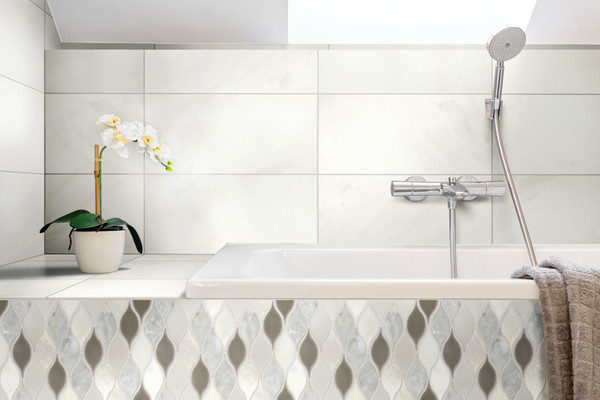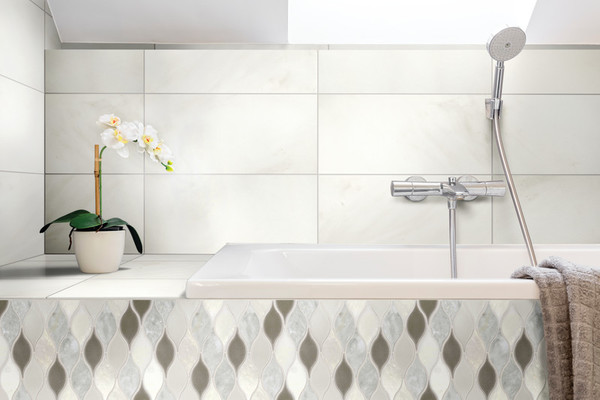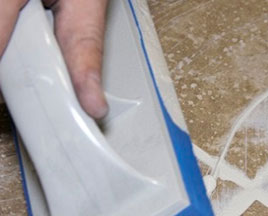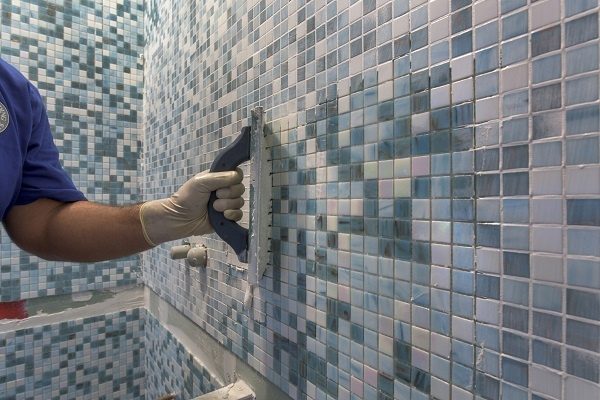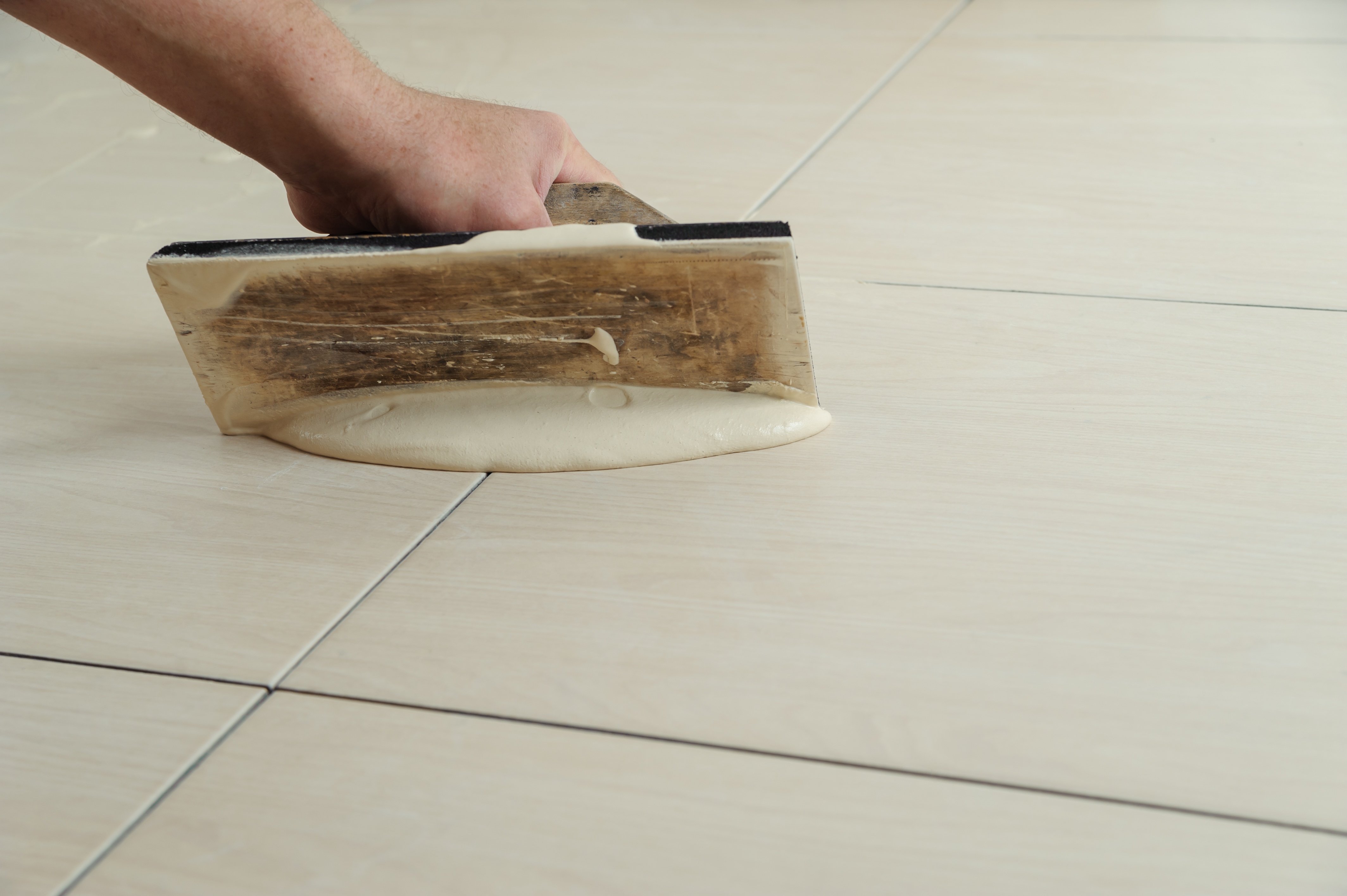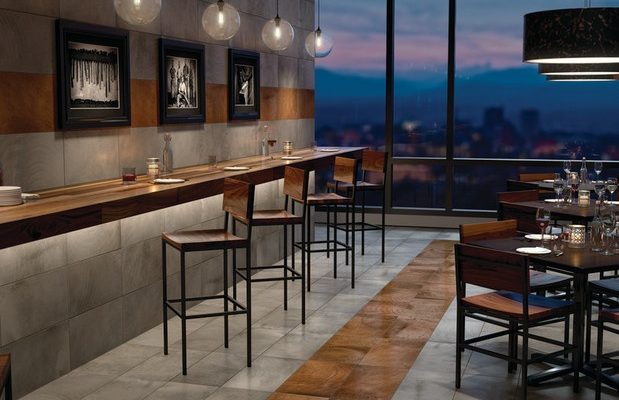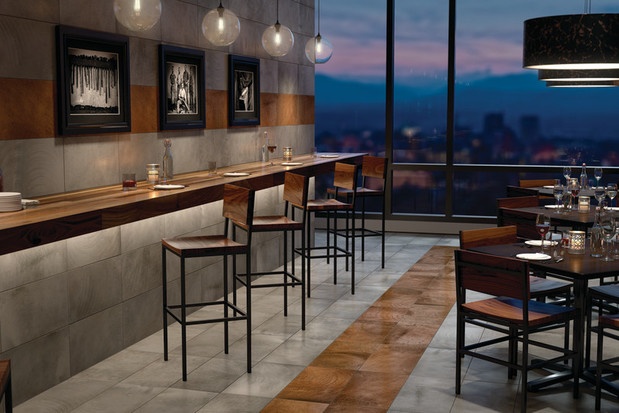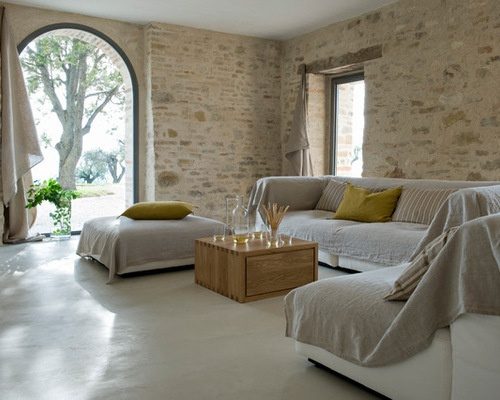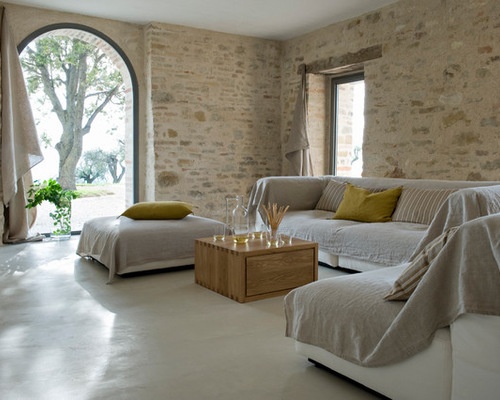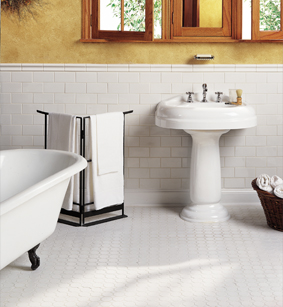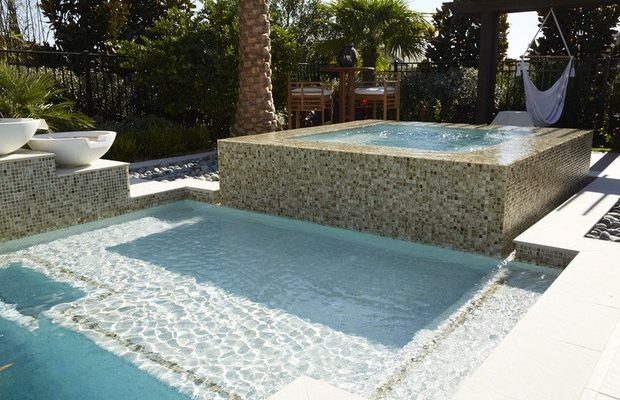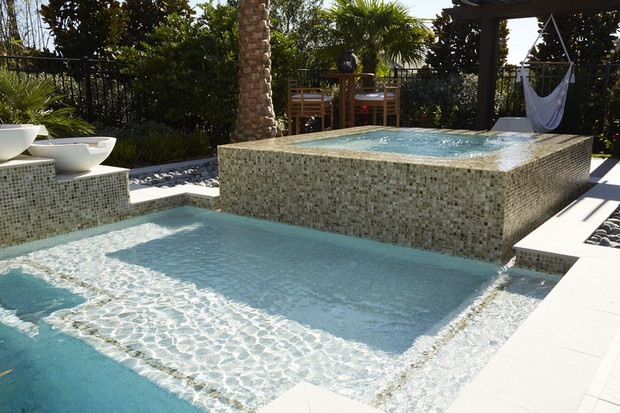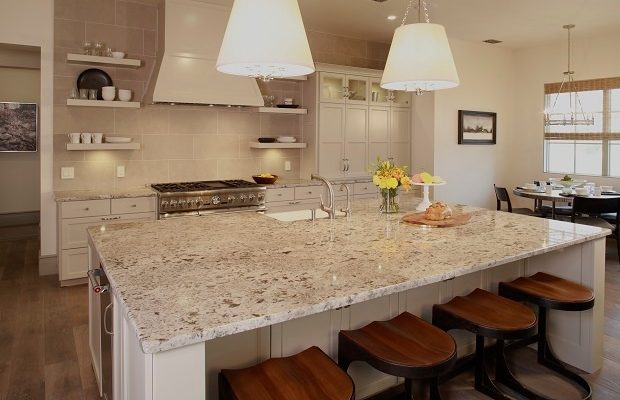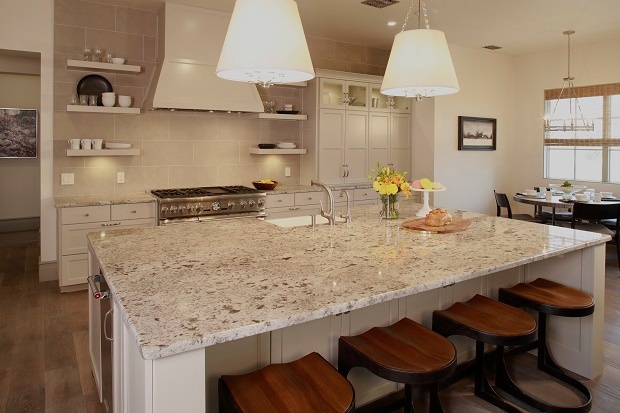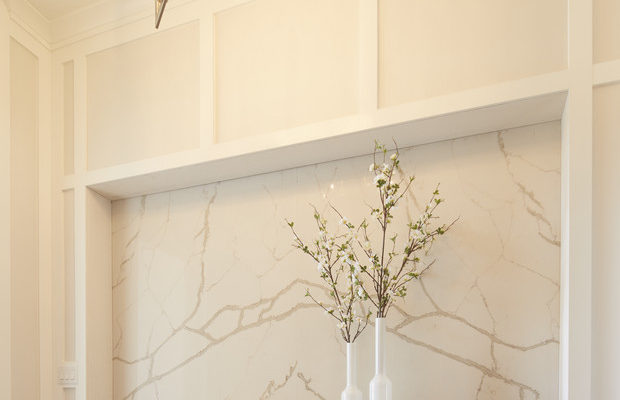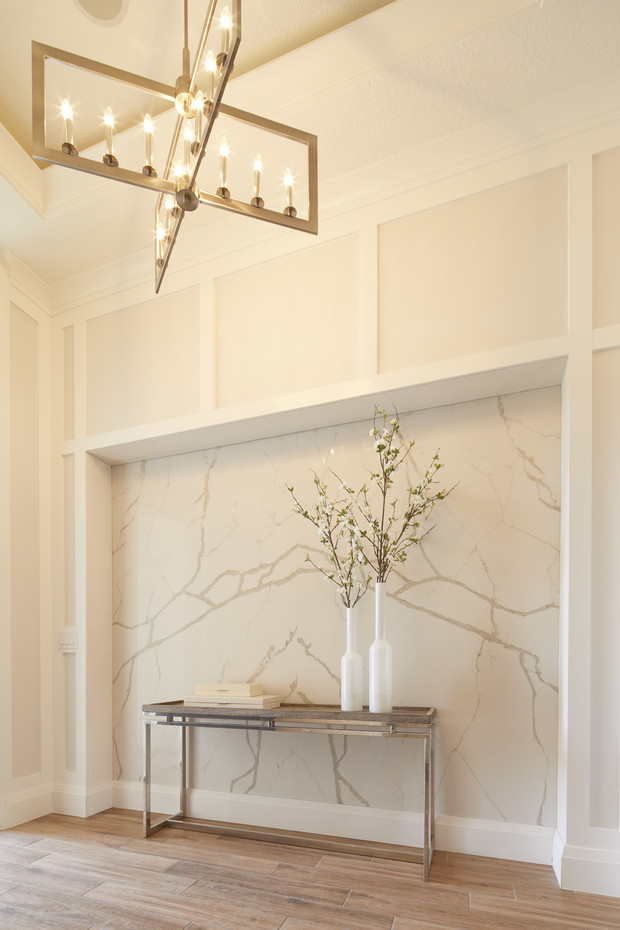MARBLE
We added four new marble colors, one new shape, and a never-before-seen texture the summer of 2017.
Colors
Empyrean Ice is a white marble with a dusting of grey that doesn’t have the rigid veining you’re used to from marble. It’s the lighter side of marble and is great if you love the colors of classic marble but want a softer visual.
 Stormy Mist marble on the floor with Argyle Blend Grey marble mosaic on the wall
Stormy Mist marble on the floor with Argyle Blend Grey marble mosaic on the wall
Stormy Mist, on the other hand, has the same colors and same softer look but a bit darker and heavier.
Latte is a creamy marble with tan veining in the same light dusting.
Antico Scuro is a black marble with a dusting of grey and hints of warm beige.
 Antico Scuro marble in picket shape on the backsplash
Antico Scuro marble in picket shape on the backsplash
Shapes & Textures
These four new colors come in a new shape, picket. The 3 x 15 size makes for an interesting backsplash or feature wall and invites some geometric appeal into your space.
New texture, raked, is also available in the four new colors. Its heavy linear scraped look could go rustic or refined contrast to a more polished aesthetic.
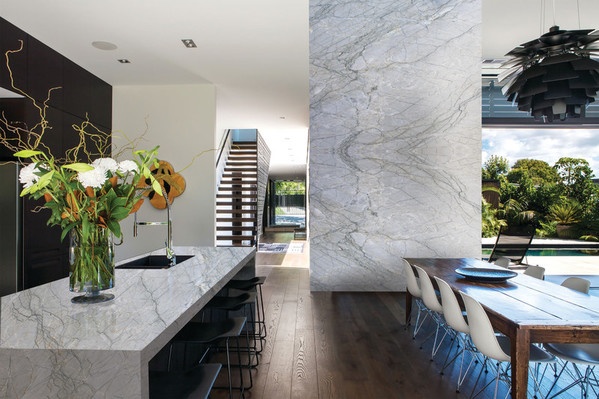 Natural Quartzite in Antigua Quartzite on the island and wall
Natural Quartzite in Antigua Quartzite on the island and wall
NATURAL QUARTZITE
A beautiful new quartzite joins the portfolio. Antigua Quartzite is a unique looking stone that borders on exotic. The cool grey backdrop is hatched with darker grey and rust-colored veins. It’s a stone that won’t soon be forgotten.
Three new colors in Stacked Stone were also introduced: Sanya White, Haikou Grey, and Macau Black. All three feature slight color variation for a more monochromatic look that you’re used to with this type of quartzite. Natural cleft face and interlocking edges make this a seamless addition to your exterior designs and can even be right at home indoors too.
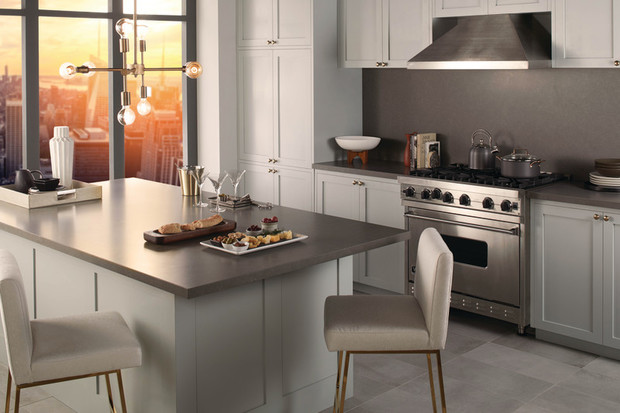 West Village in Mercer Grey on the countertop and backsplash
West Village in Mercer Grey on the countertop and backsplash
ONE QUARTZ SURFACES®
A new series of quartz countertop surfaces was added for a more sophisticated, urban option in the quartz line-up. West Village combines the toughness of the Bronx with the beauty of Central Park. The colors are modern and earthy but a perfect fit for the most posh of all urban lofts.
Grey tones influence each of the five colors that range from white to brown. The smooth, monochromatic choices have little variation or graining.
As always, ONE Quartz Surfaces are the standard in durability and ready for anything the big city, or well-appointed farmhouse can dish out.
Go to your local Daltile stone center to sample all the new stone offerings.

